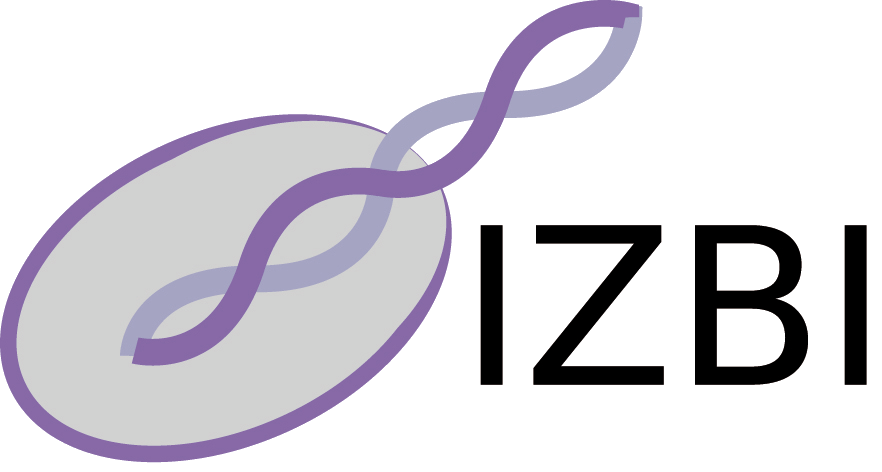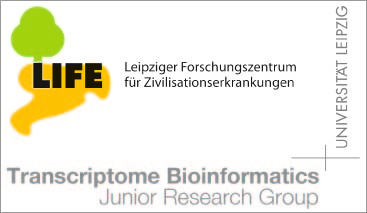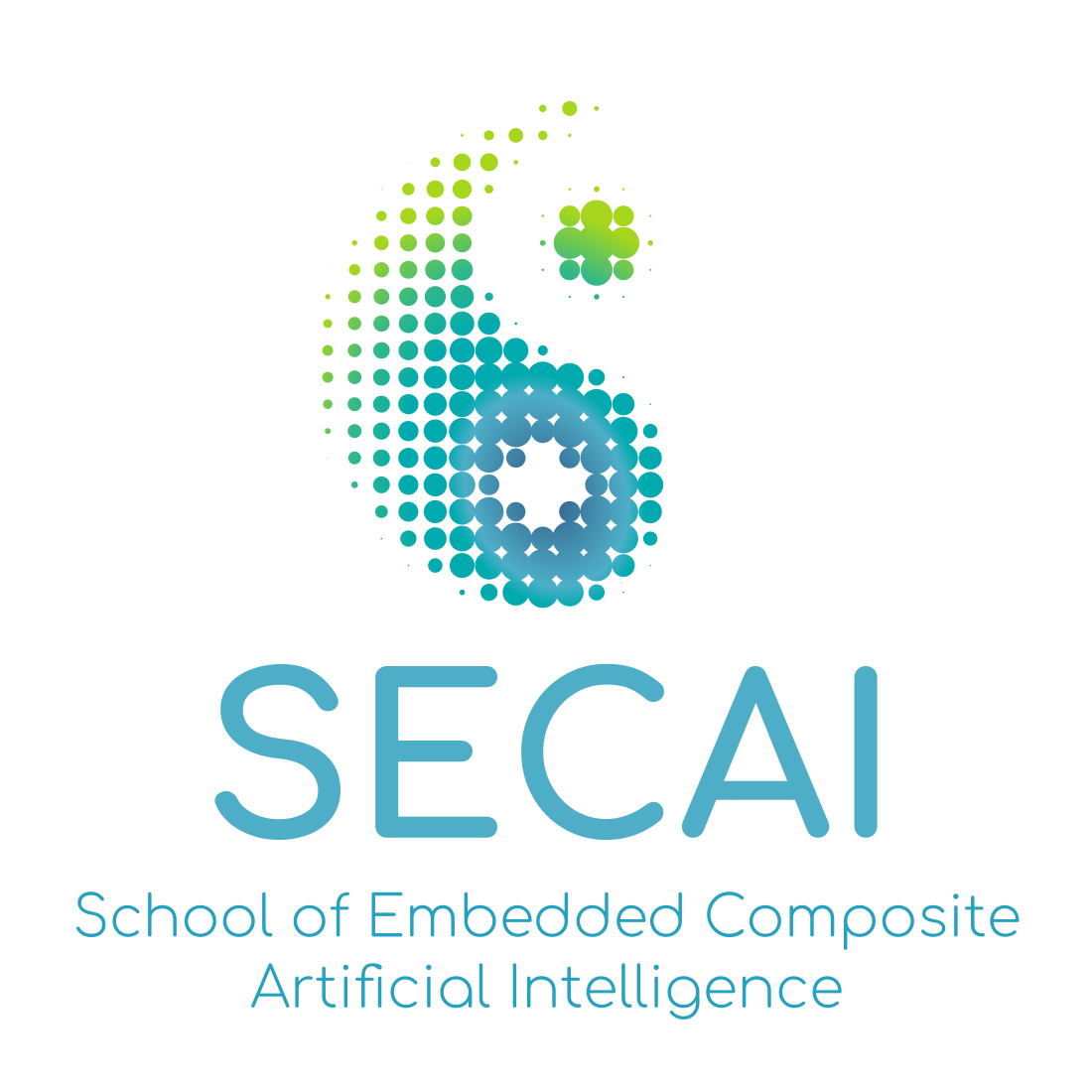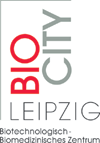Publications - Supplemental material
Please find below supplemental material corresponding to publications of our group. Currently, we list 133 supplements.
If you have problems accessing electronic information, please let us know:
You may use this URL to cite or link to us.
©NOTICE: All documents are copyrighted by the authors; If you would like to use all or a portion of any paper, please contact the author.
This supplement is also available at http://www.bioinf.uni-leipzig.de/publications/supplements/16-018You may use this URL to cite or link to us.
BIOINF 16-018: Evolution of Fungal U3 snoRNAs: Structural Variation and Introns
Sebastian Canzler, Peter F. Stadler, Jana Hertel
Taxonomic Tree of Fungi, except of Pezizomycotina
Taxonomic Tree of Pezizomycotina
Machine readable information about the fungal organisms, such as genome sources and 3-letter abbreviations are given here:
Genome Information
Lineage specific fasta files, alignments, and gene structures of all U6 sequence that have been retrieved during our analysis can be accessed in the following table:
Within this heatmap, three different cluster types are detectable:
Taxonomic Tree and Genome Information
An NCBI-based taxonomic classification of all 147 fungal organisms that were used in our publication can be found here:Taxonomic Tree of Fungi, except of Pezizomycotina
Taxonomic Tree of Pezizomycotina
Machine readable information about the fungal organisms, such as genome sources and 3-letter abbreviations are given here:
Genome Information
Alignments
A summary file containing the total amount of detected U3 transcripts and intron-interrupted transcripts can be found hereLineage specific fasta files, alignments, and gene structures of all U6 sequence that have been retrieved during our analysis can be accessed in the following table:
| Kingdom | Phylum | Subphylum | Class | Precursor Fasta | Precursor Alignment | Mature Alignment | Intron Fasta |
|---|---|---|---|---|---|---|---|
| Fungi | Microsporidia | fasta | aln|stk | -|- | -|- | ||
| Fungi incertae sedis | Mucoromycotina | fasta | aln|stk | -|- | -|- | ||
| Chytridiomycota | fasta | aln|stk | -|- | -|- | |||
| Blastocladiomycota | fasta | aln|stk | -|- | -|- | |||
| Basidiomycota | fasta | aln|stk | aln|stk | fasta | |||
| Ascomycota | Taphrinomycotina | fasta | aln|stk | -|- | -|- | ||
| Saccharomycotina | fasta | aln|stk | aln|stk | fasta | |||
| Pezizomycotina | Dothideomycetes | fasta | aln|stk | aln|stk | fasta | ||
| Eurotiomycetes | fasta | aln|stk | aln|stk | fasta | |||
| Leotiomycetes | fasta | aln|stk | aln|stk | fasta | |||
| Sordariomycetes | fasta | aln|stk | aln|stk | fasta |
Intron Information
Machine readable information about all extracted introns, such as:- precise splice site position within the U3 precursor
- intron length
- distance of branch point adenosine to 3' splice site
- 5' splice site sequence motif
- branch site sequence motif
- 3' splice site sequence motif
Intron Homology
To determine whether introns of different U6 transcripts are related the pairwise sequence identities of all intron pairs and was calculated intron positions were checked for similarities. Operationally, a set of introns is defined as homologous if each of its members share sequence identity of at least 65%. Naturally, the evolution of introns is not constrained very much, such that a signal of common origin may be lost already within a few million years. Thus, lower similarities cannot be interpreted as proof that sequences are not related by common descent.- Heatmap of pairwise intron identities.
- Summary of all introns showing more than 60% sequence identity
Within this heatmap, three different cluster types are detectable:
-
Cluster I contains introns with sequence identities above 60% that belong to paralogous transcripts. This clearly indicates an intron insertrion BEFORE the transcript was doubled. -
Cluster II contains highly similar introns that are contained in orthologous U3 transcripts. -
Cluster III describes similar introns that are inserted at adjacent positions. This might indicate an intron sliding event as described by Rogozin et al.















